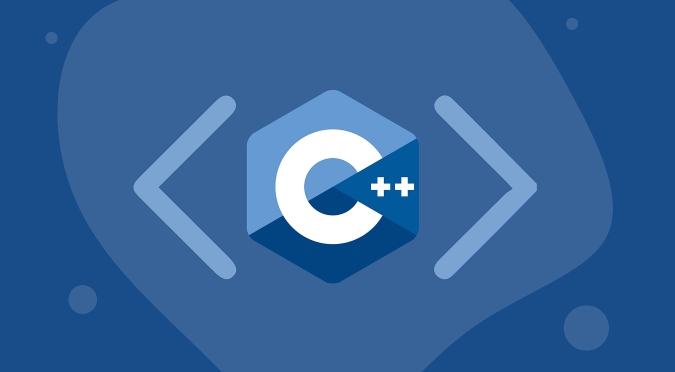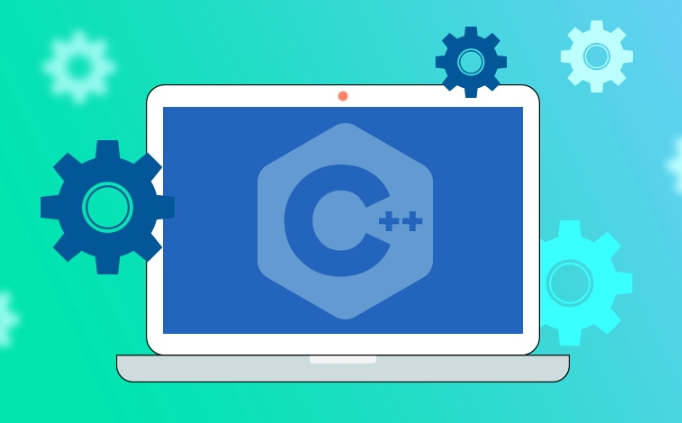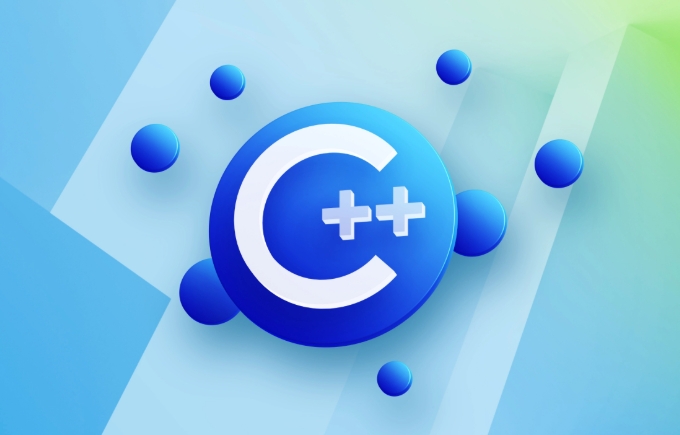To find a good interactive C tutorial, you should focus on platforms that can directly write and run code in the browser, provide instant feedback, and include progressive practical examples. Recommended resources include LearnCPP.com (Structured Teaching Exercises), W3Schools Online Compiler (Instant Output), Replit (No Local Installation Needed), and CodinGame (Gamified Learning). To maximize learning effect, you should actively modify the code, add print statements to track variable changes, try different implementation methods and take notes, while avoiding skipping basic content. A better understanding of how language features can be applied in real projects through complete examples such as calculators or text games is particularly important for mastering complex concepts such as memory management.

If you're looking to learn C interactively, there are some solid ways to get started — especially if you want to see real code in action and understand how things work step by step.

What makes a good interactive C tutorial?
The best interactive C resources tend to share a few key features. They let you write and run code directly in the browser, give immediate feedback, and include practical examples that build on each other. This kind of setup helps reformforce learning because you're not just reading — you're doing.

Look for platforms that combine small lessons with hands-on exercises. A lot of them start with basic syntax and move into more complex topics like points, classes, and STL usage without throwing too much at you all at once.
Popular platforms with interactive C content
There are a few go-to spots online where you can get an interactive C experience:

- LearnCPP.com – It's structured like a textbook but include quizzes and coding exercises at the end of each section.
- W3Schools Online Compiler – Offers a simple editor where you can type C code and see the output right away.
- Replit – You can create a new C project in seconds and experiment freely without installing anything locally.
- CodinGame – Makes learning fun by turning programming concepts into puzzles and game challenges.
These tools vary slightly in style, but they all support live editing and execution, which is what really makes the learning process feel interactive.
How to make the most of interactive examples
It's easy to fall into the trap of just copying code and hitting “run” without really thinking about what's going on. To get the most out of these tutorials, treat each example as a chance to dig deeper.
Here's how:
- Try changing small parts of the code to see what breaks or what changes in the output
- Add print statements to trace how variables change over time
- Rewrite the same logic using a different loop or structure
- Take notes on why certain syntax choices are made (like
constreferences in function parameters)
One common mistake beginners make is skipping the basics and jumping straight into advanced topics. But spending time understanding how loops, conditions, and functions work in C will save you headaches later.
Why examples matter in learning C
C has a stealer learning curve than many languages, mostly because it gives you a lot of control — including the ability to shoot yourself in the foot. That's where well-chosen examples come in handy.
A good example doesn't just show you how something works — it shows you why it matters. For instance, when learning about memory allocation, seeing a small program that allocates and then forgets to free memory helps illustrate what a memory leak looks like in practice.
Also, working through full examples — like writing a small calculater or a basic text-based game — helps connect the dots between individual language features and how they come together in real programs.
That's basically it. If you're serious about learning C , pick a platform that lets you play with live code, work through examples actively, and don't skip the fundamentals.
The above is the detailed content of Interactive C tutorial with examples. For more information, please follow other related articles on the PHP Chinese website!

Hot AI Tools

Undress AI Tool
Undress images for free

Undresser.AI Undress
AI-powered app for creating realistic nude photos

AI Clothes Remover
Online AI tool for removing clothes from photos.

Clothoff.io
AI clothes remover

Video Face Swap
Swap faces in any video effortlessly with our completely free AI face swap tool!

Hot Article

Hot Tools

Notepad++7.3.1
Easy-to-use and free code editor

SublimeText3 Chinese version
Chinese version, very easy to use

Zend Studio 13.0.1
Powerful PHP integrated development environment

Dreamweaver CS6
Visual web development tools

SublimeText3 Mac version
God-level code editing software (SublimeText3)

Hot Topics
 C Polymorphism : is function overloading a kind of polymorphism?
Jun 20, 2025 am 12:05 AM
C Polymorphism : is function overloading a kind of polymorphism?
Jun 20, 2025 am 12:05 AM
Yes, function overloading is a polymorphic form in C, specifically compile-time polymorphism. 1. Function overload allows multiple functions with the same name but different parameter lists. 2. The compiler decides which function to call at compile time based on the provided parameters. 3. Unlike runtime polymorphism, function overloading has no extra overhead at runtime, and is simple to implement but less flexible.
 What Are the Different Kinds of Polymorphism in C ? Explained
Jun 20, 2025 am 12:08 AM
What Are the Different Kinds of Polymorphism in C ? Explained
Jun 20, 2025 am 12:08 AM
C has two main polymorphic types: compile-time polymorphism and run-time polymorphism. 1. Compilation-time polymorphism is implemented through function overloading and templates, providing high efficiency but may lead to code bloating. 2. Runtime polymorphism is implemented through virtual functions and inheritance, providing flexibility but performance overhead.
 C : Is Polymorphism really useful?
Jun 20, 2025 am 12:01 AM
C : Is Polymorphism really useful?
Jun 20, 2025 am 12:01 AM
Yes, polymorphisms in C are very useful. 1) It provides flexibility to allow easy addition of new types; 2) promotes code reuse and reduces duplication; 3) simplifies maintenance, making the code easier to expand and adapt to changes. Despite performance and memory management challenges, its advantages are particularly significant in complex systems.
 C Destructors: Common Errors
Jun 20, 2025 am 12:12 AM
C Destructors: Common Errors
Jun 20, 2025 am 12:12 AM
C destructorscanleadtoseveralcommonerrors.Toavoidthem:1)Preventdoubledeletionbysettingpointerstonullptrorusingsmartpointers.2)Handleexceptionsindestructorsbycatchingandloggingthem.3)Usevirtualdestructorsinbaseclassesforproperpolymorphicdestruction.4
 Polymorphism in C : A Comprehensive Guide with Examples
Jun 21, 2025 am 12:11 AM
Polymorphism in C : A Comprehensive Guide with Examples
Jun 21, 2025 am 12:11 AM
Polymorphisms in C are divided into runtime polymorphisms and compile-time polymorphisms. 1. Runtime polymorphism is implemented through virtual functions, allowing the correct method to be called dynamically at runtime. 2. Compilation-time polymorphism is implemented through function overloading and templates, providing higher performance and flexibility.
 C tutorial for people who know Python
Jul 01, 2025 am 01:11 AM
C tutorial for people who know Python
Jul 01, 2025 am 01:11 AM
People who study Python transfer to C The most direct confusion is: Why can't you write like Python? Because C, although the syntax is more complex, provides underlying control capabilities and performance advantages. 1. In terms of syntax structure, C uses curly braces {} instead of indentation to organize code blocks, and variable types must be explicitly declared; 2. In terms of type system and memory management, C does not have an automatic garbage collection mechanism, and needs to manually manage memory and pay attention to releasing resources. RAII technology can assist resource management; 3. In functions and class definitions, C needs to explicitly access modifiers, constructors and destructors, and supports advanced functions such as operator overloading; 4. In terms of standard libraries, STL provides powerful containers and algorithms, but needs to adapt to generic programming ideas; 5
 What Are the Various Forms of Polymorphism in C ?
Jun 20, 2025 am 12:21 AM
What Are the Various Forms of Polymorphism in C ?
Jun 20, 2025 am 12:21 AM
C polymorphismincludescompile-time,runtime,andtemplatepolymorphism.1)Compile-timepolymorphismusesfunctionandoperatoroverloadingforefficiency.2)Runtimepolymorphismemploysvirtualfunctionsforflexibility.3)Templatepolymorphismenablesgenericprogrammingfo
 C Polymorphism: Coding Style
Jun 19, 2025 am 12:25 AM
C Polymorphism: Coding Style
Jun 19, 2025 am 12:25 AM
C polymorphismisuniqueduetoitscombinationofcompile-timeandruntimepolymorphism,allowingforbothefficiencyandflexibility.Toharnessitspowerstylishly:1)Usesmartpointerslikestd::unique_ptrformemorymanagement,2)Ensurebaseclasseshavevirtualdestructors,3)Emp






